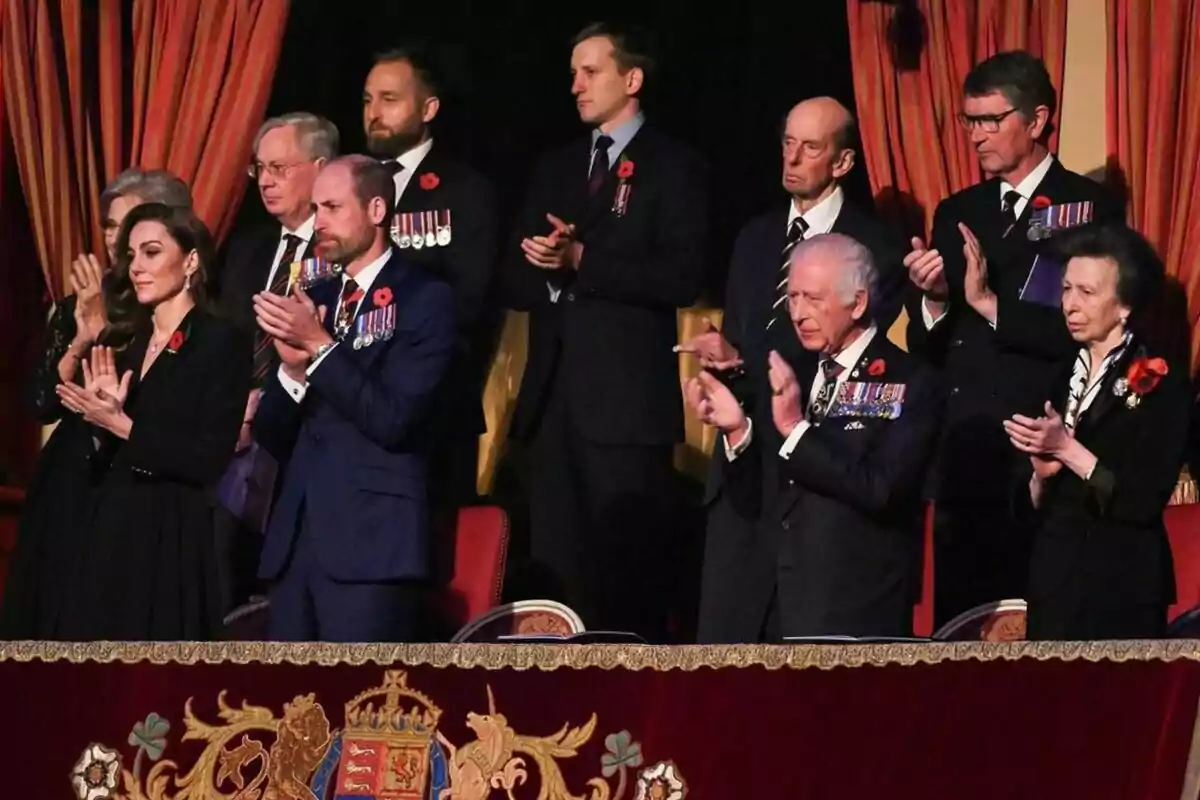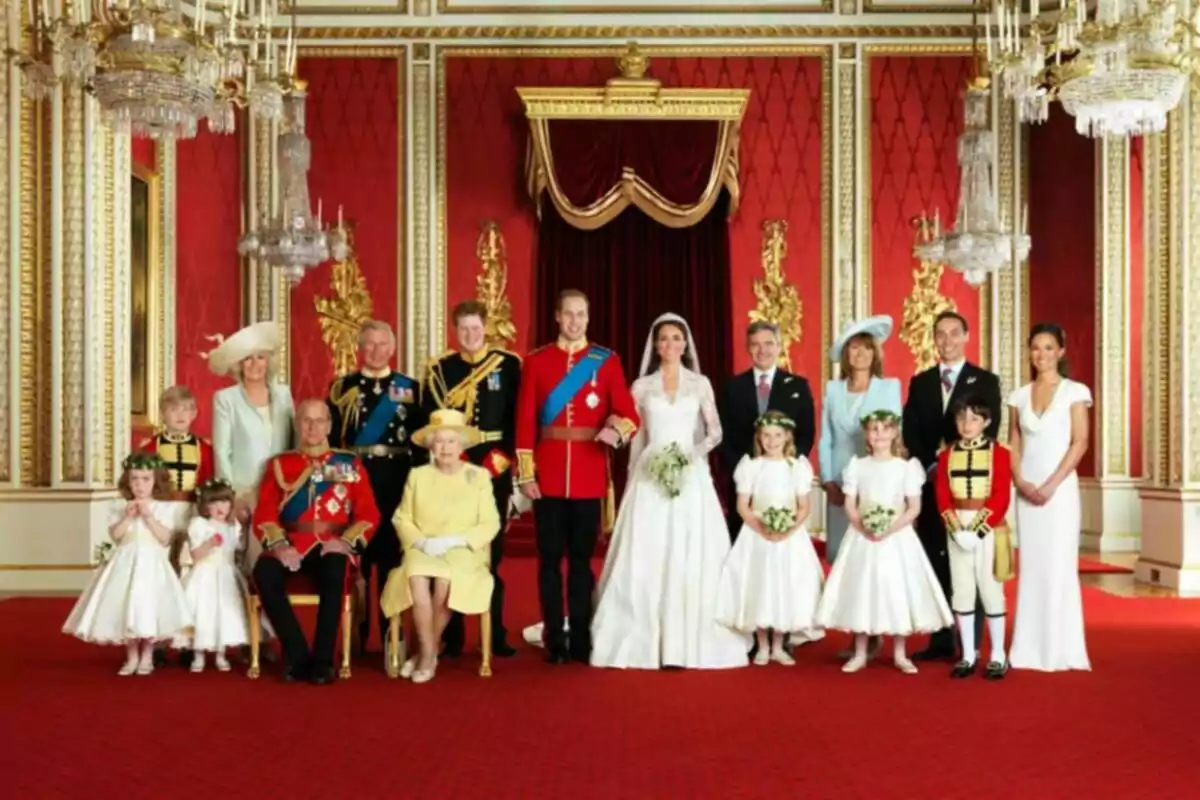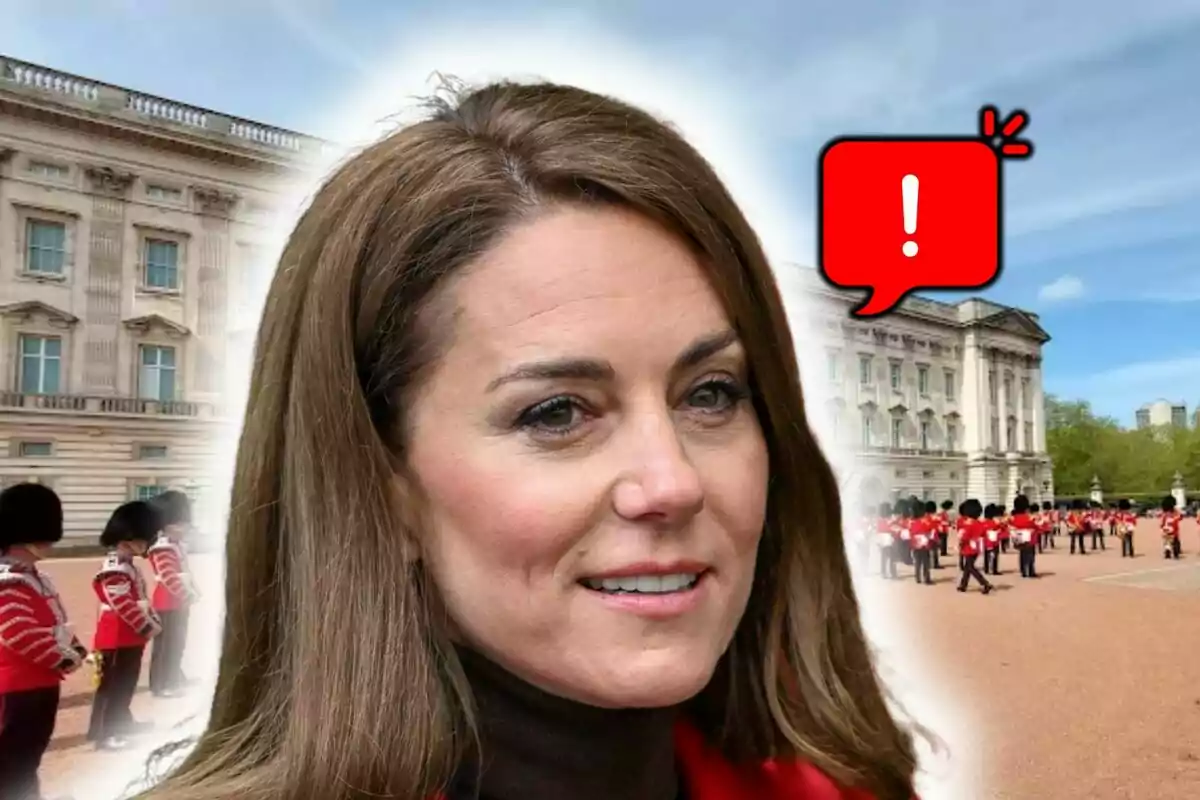The figure of Kate Middleton is once again making headlines after a move that could trigger an earthquake at Buckingham. Appearances are crumbling and, despite protocol and smiles at public events, there is an underlying tension that can no longer be hidden. Everything suggests that an internal rupture has occurredthat will mark a turning point in the balance of the British royal family.
Controversies keep shaking the English monarchy
After months of rumors, the institution is once again at the center of public debate. From Prince Harry's controversial media exposure to King Charles III's behavior, every step fuels uncertainty. Now, a new revelation starring the Windsors is once again putting the Crown under scrutiny.

Kate's new role within the royal family
Kate Middleton has evolved toward a more autonomous and approachable role, far from the monarchy's rigid formalities. Her public image, shaped by her involvement in social causes, motherhood, and her accessible style, has made her an essential figure. However, that freedom of action doesn't always fit with the monarch's stricter vision.
Over the past few years, the Princess of Wales has chosen to prioritize her family, carefully selecting the official commitments she takes on. This choice has been well received by the public, but inside the palace it has sparked misgivings. Charles III expected a more obedient attitude from his daughter-in-law, something that hasn't happened.
For many royal observers, Kate represents the modernity and closeness the monarchy needs. However, her determination has also strained internal relations. The princess no longer limits herself to a decorative role; she makes decisions and sets her own pace.

Kate's inner circle announces a rupture that shocks England
The signs of distance between Kate and the king aren't new, but in recent weeks they've intensified. Sources close to the princess's circle say the relationship between the two is completely deteriorated. What used to be diplomatic gestures have now become cold exchanges, barely sustained by institutional obligation.
The latest disagreement was an official publication that paid tribute to key female figures in the history of the British monarchy. Kate Middleton, inexplicably, wasn't mentioned.
For her, it was a painful and symbolic gesture. The absence wasn't accidental: the princess experienced it as a lack of respect and a veiled warning from the very top.
Since then, the events shared by Kate and Charles III have been marked by tension. Smiles are brief and words are measured.
Prince William, aware of the deterioration, has sided with his wife without hesitation. His support has strengthened Kate's position, but it has also caused new friction with his father.

A resolute princess and a king seeking control
Kate isn't willing to give in. Her popularity has given her strength and autonomy, and she knows a large part of the British people support her. For her, defending her independence isn't a whim, but a statement of principles she's not willing to negotiate.
Meanwhile, Charles III faces a more fragmented monarchy than he imagined when he ascended the throne. Far from uniting the family, his leadership has highlighted internal differences. Kate's firmness has surprised the king, who is now trying to restore order without giving up his authority.
Meanwhile, William tries to balance loyalties. As heir, he understands the importance of the institution, but as a husband and father, his priority is to protect his family. The standoff between the king and the princess remains unsolved, and everything suggests that this tension will shape the Crown's path in the coming years.

